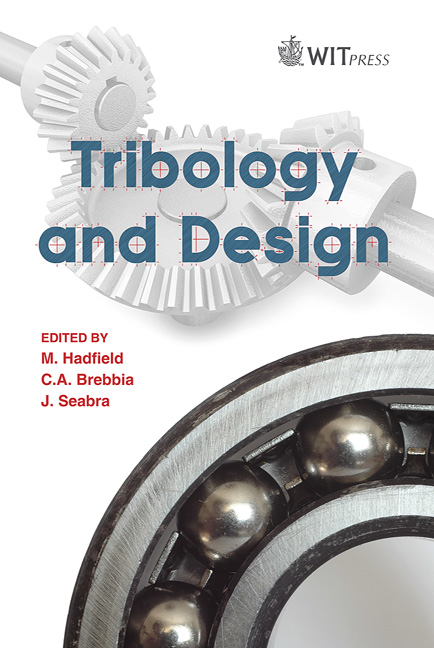Cavitation Damage Observations Within Scroll Expander Lubrication Systems
Price
Free (open access)
Transaction
Volume
66
Pages
12
Page Range
261 - 272
Published
2010
Size
1,556 kb
Paper DOI
10.2495/TD100221
Copyright
WIT Press
Author(s)
I. Tzanakis, M. Hadfield, A. Georgoulas & N. Kotsovinos
Abstract
Observations of cavitation damage within a lubricated expander system are studied experimentally. Typical experimental analysis is used to observe cavitation erosion features such as SEM, light-microscopy and lightinterferometer. An experimental test-rig is used to study bubble characteristics within fluids to compare the theoretical analysis and practical in-service results from the expander system. Using an ultra-sonic methodology and high-speed camera techniques the bubbles are observed within the working fluids. A 2D numerical simulation of the scroll was performed to explore the mechanism which generates scroll cavitation. It is found that the pressure is high enough to liquefy instantaneously part of the refrigerant close to the bottom boundary, creating conditions for the generation of cavitation bubbles within the liquefied refrigerant. This finding resolves the puzzle how the refrigerant which enters the scroll in gas phase produces cavitation. Keywords: expander, scroll, refrigerant, lubricant, cavitation, erosion, bubbles. 1 Introduction Scroll expander has been the main part of domestic appliances over the last few years (CHP systems, air-conditions, pumps etc). Many of these devices are facing cavitation wear problems because of their long operational period, their complicated geometry, their mechanical design and their high-speed working fluids. Interestingly, cavitation was identified by the author during the
Keywords
expander, scroll, refrigerant, lubricant, cavitation, erosion, bubbles





